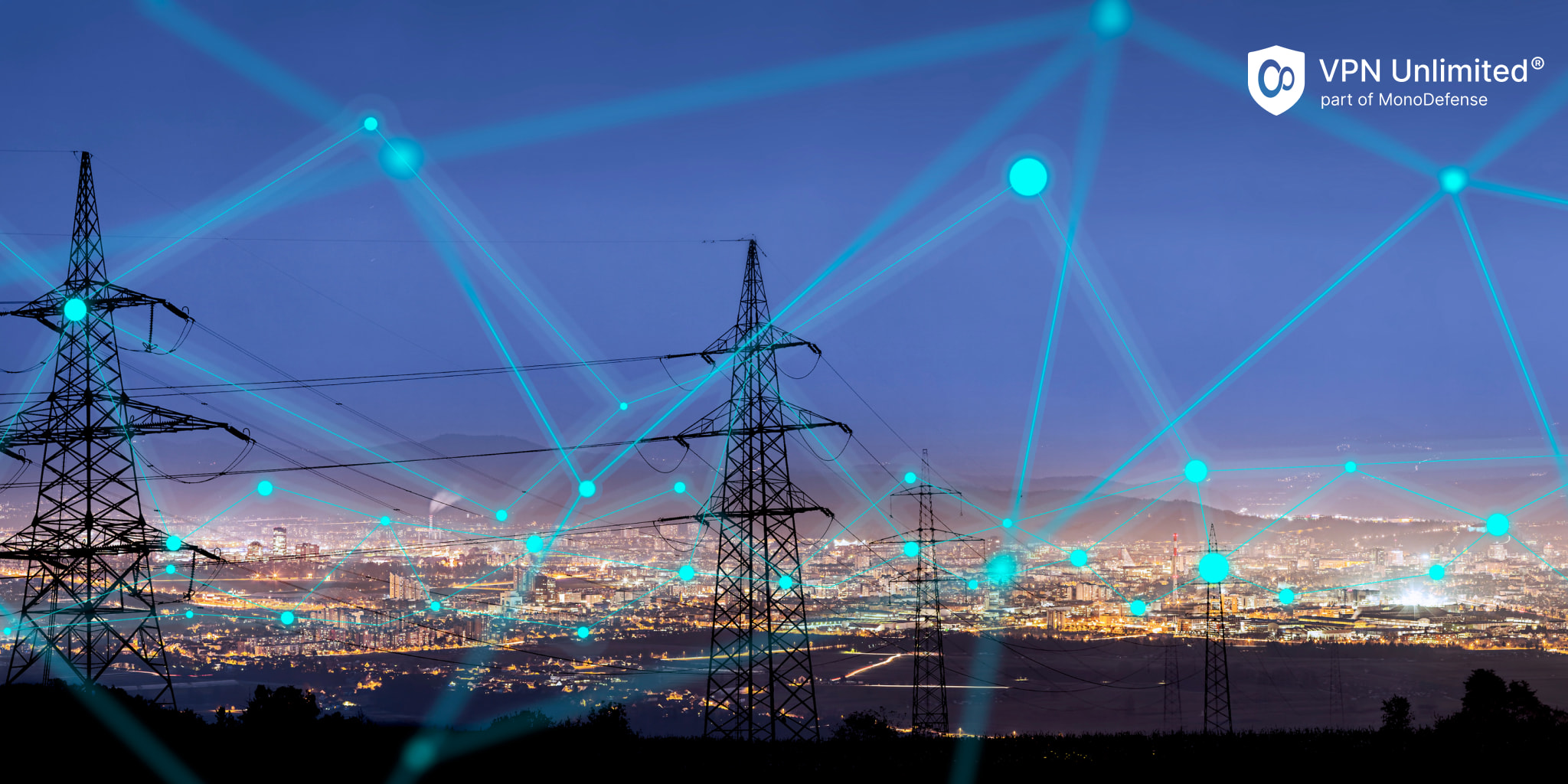Exploring the Changing Dynamics of National Power Grid Security in the Face of Growing Cyber-Attack Risk

In an increasingly interconnected and digital world, the security of national power grids has become a paramount concern. The power grid, often referred to as the backbone of modern society, fuels our homes, businesses, and essential infrastructure. However, as our reliance on technology grows, so does the vulnerability to cyber threats. Cyber-attacks on the national power grid pose a significant risk, and exploring the changing dynamics of grid security in this context is crucial to ensure a resilient and secure energy future.
The Digital Evolution of National Power Grids
National power grids have evolved significantly over the years, transforming into complex, digitized systems. Traditional power grids were based on a centralized, one-way flow of electricity from large power plants to consumers. However, modern grids incorporate advanced technologies, including smart meters, sensors, and automated control systems, enabling real-time monitoring, control, and efficient energy distribution.
The integration of digital technologies has brought numerous benefits, such as improved energy efficiency, increased integration of renewable energy sources, and better load management. However, this evolution also introduces new points of vulnerability that can be exploited by malicious actors.
Understanding Cyber-Attack Risks

Cyber-attacks on national power grids encompass a range of malicious activities aimed at disrupting or damaging the grid's operations. These attacks can take various forms, including:
- Phishing and Malware: Attackers may use phishing emails or malicious software to gain unauthorized access to critical systems, allowing them to control or manipulate grid operations.
- Denial of Service (DoS) Attacks: These attacks overwhelm system resources, making services unavailable to users, disrupting grid operations.
- Advanced Persistent Threats (APTs): APTs involve persistent and targeted cyber-attacks to gain prolonged access to critical infrastructure, enabling sabotage or data theft.
- Insider Threats: Malicious actions or inadvertent mistakes by employees or contractors within the energy sector can also pose significant risks to the power grid's security.
The Consequences of Cyber-Attacks on Power Grids
[media-item id="17674"]
The potential consequences of successful cyber-attacks on national power grids are far-reaching and can impact both individuals and the broader society. These consequences include:
- Power Outages: Cyber-attacks can lead to widespread power outages, disrupting daily life, businesses, and essential services like healthcare, transportation, and communication.
- Economic Losses: Power outages have significant economic implications, resulting in financial losses for businesses, decreased productivity, and increased recovery costs.
- National Security Threats: A compromised power grid can pose a national security threat, affecting a country's defense infrastructure and its ability to respond to other emergencies.
- Social Disruption: Extended power outages can lead to social unrest, affecting public safety and causing distress among the population.
Enhancing Grid Security
Given the severity of the potential consequences, enhancing the security of national power grids is imperative. Key measures to bolster grid security and mitigate cyber-attack risks include:
- Strengthening Regulatory Frameworks: Governments and regulatory bodies should continually update and enforce robust regulations to ensure that utilities adhere to best practices for cybersecurity.
- Investing in Cybersecurity Technologies: Utility companies need to invest in state-of-the-art cybersecurity technologies and tools to detect, prevent, and respond to cyber threats effectively.
- Employee Training and Awareness: Comprehensive training and awareness programs for employees and stakeholders are essential to mitigate insider threats and ensure a security-conscious organizational culture.
- Collaboration and Information Sharing: Utilities and governmental agencies must foster collaboration and share threat intelligence and best practices to proactively address evolving cyber threats.
- Implementing Redundancies and Contingency Plans: Establishing redundancies and effective contingency plans can help mitigate the impact of cyber-attacks by ensuring the continuity of essential services during disruptions.
The Way Forward

As our world becomes more digitally connected and dependent on electricity, safeguarding our national power grids against cyber-attacks is paramount. The evolving threat landscape requires a proactive and collaborative approach involving governments, utility companies, cybersecurity experts, and the public.
By investing in robust cybersecurity measures, fostering information sharing, and staying vigilant, we can navigate the changing dynamics of national power grid security and ensure a resilient, secure, and sustainable energy future for all. The collective efforts to fortify the grid will play a crucial role in protecting our societies and economies from the potentially devastating impacts of cyber-attacks on our critical infrastructure.